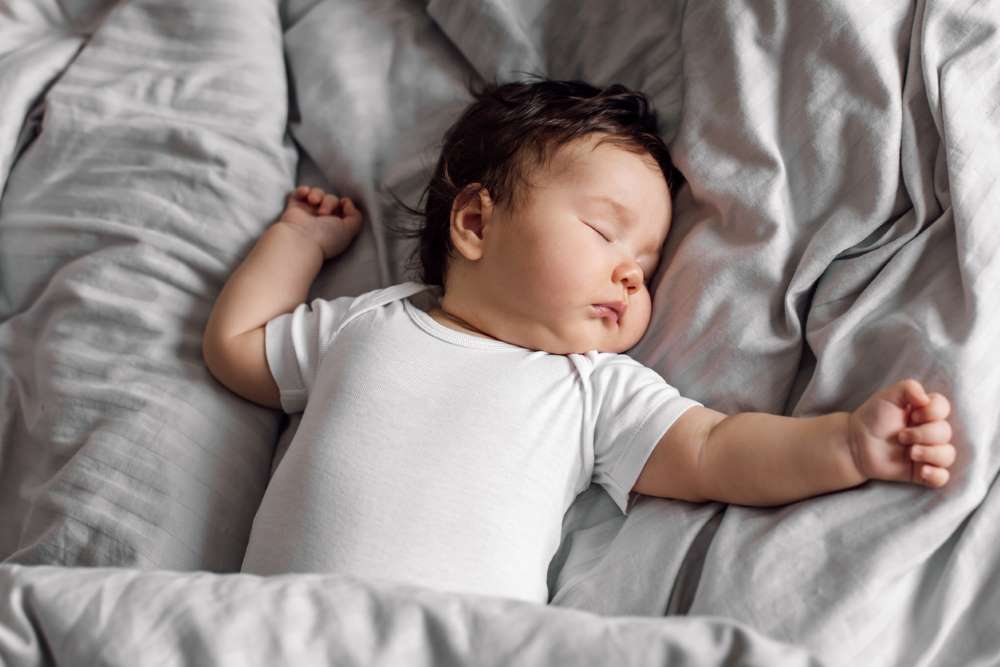
The American Academy of Sleep Medicine recommends that children aged six to 12 should sleep for nine to 12 hours per day and younger children need even more hours. However, if your child takes over half an hour to fall asleep, tossing and turning, getting up frequently to ask you for things, or turning on a mobile device, then chances are, they aren’t getting good quality sleep. Quantity is not everything when it comes to sleep; so, too, is falling asleep quickly, and achieving this aim is easier if you set up an appealing bedtime routine your child looks forward to every night.
Avoiding Bright Electric Light Exposure
Try to avoid having your children in a bright room in the evening. A 2018 study showed that bright electric light exposure in preschool children suppresses melatonin production (melatonin is a hormone that your brain produces in response to darkness that regulates the sleep-wake cycle). In addition to keeping kids far from the bright fluorescent light, you should also ask them to turn off their screens on mobile devices and smartphones in the late afternoon/early evening.
The Pre-Sleep Routine
At a specific time of the evening (after dinner, say around 7:30 or 8 pm), your child should know that they should complete their pre-sleep tasks. The latter can include a bath, brushing and flossing teeth, and changing into their pajamas. If your aim is for your child to sleep at around 9 pm or 9:30 then they should slip into their bed at around 8:45 or 9:15 pm respectively, so they have enough time for relaxing activities.
Bedtime Stories or 21st Century Fun?
Many children find bedtime soothing when their parents spend time with them reading a bedtime story, talking about their day, or listening to calming music together for around 10 minutes. Some kids love being massaged or completing exercises involving controlled breathing, mindfulness meditation, or progressive muscle regulation, alongside their parents. For kids who enjoy ASMR (relaxing sounds such as those of brushing hair or scratching surfaces like styrofoam), listening to a short ASMR sound bite or recording can be fun and very relaxing indeed. If you enjoy creative pursuits, then creating recordings with your own ASMR microphone may be fun. A tip for better sleep is to make your recordings during the weekend and keep bedtime just for listening. Relaxing sounds can include tapping, page-turning, writing, typing, and whispering!
Ending with the Same Activity
You should ideally have a ritual that involves one final activity that lets your child know bedtime bonding time is over and that it is time for you to leave. This could be cuddling and singing ‘your song’ or saying their favorite positive affirmation together. Say goodnight, turn the lights off, and allow them to enjoy a restorative night’s rest.
Setting up a routine with your child should begin with healthy pre-bedtime behaviors. Kids should avoid bright lights and screens. They should complete routines such as showering and brushing their teeth at the same time every evening. Finally, they should get into bed and enjoy time with you for no longer than 10 to 15 minutes, following a well-established routine of preferred activities.



























